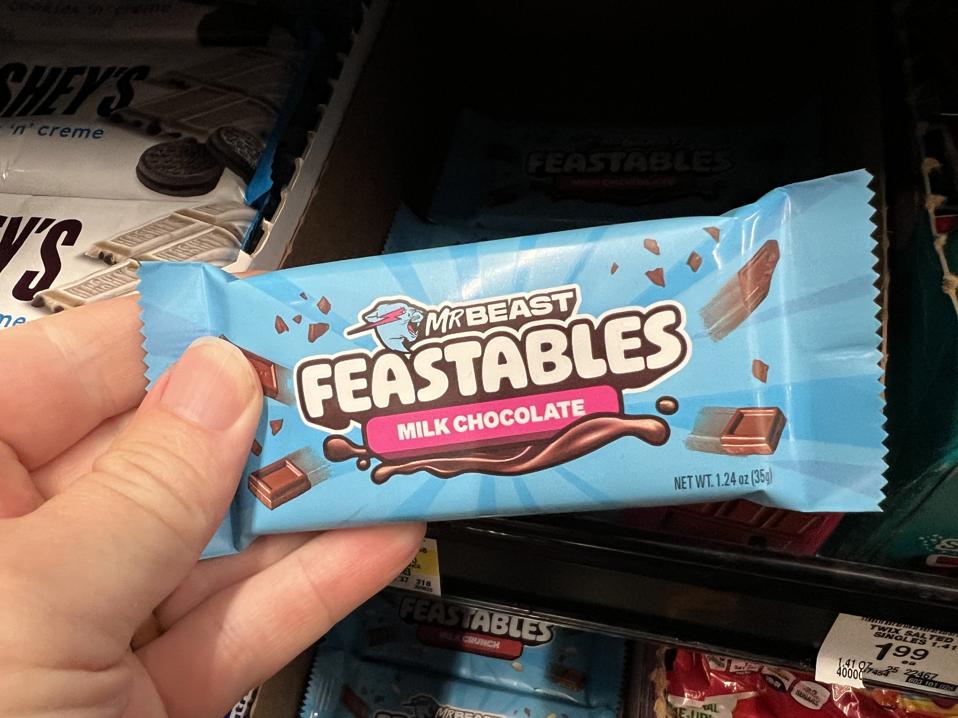The creator economy is now Silicon Valley’s toughest competition–and it didn’t come from venture capital.
The promise of the internet was simple: anyone could build something and be discovered. In practice, the gates never really opened. For years, Silicon Valley decided who got funded, who scaled, and who had a chance to break through. A Stanford degree helped. So did a Sand Hill Road pitch deck. Without those, the odds were slim.
That world hasn’t vanished, but it no longer defines the path to success. A new one has taken shape on screens. YouTube stars, Twitch streamers, and TikTok creators aren’t waiting for venture backing. They are selling products, shaping culture, and launching companies directly from their channels. For many, a loyal community of followers is worth more than an investor’s check.
And that’s the bigger story: this shift isn’t just about entertainment. It’s about economics. The so-called creator economy has ballooned into a trillion-dollar marketplace. Its currency isn’t institutional capital—it’s trust, attention, and community. Those forces are beginning to rival the old guard in Silicon Valley.
The question now is timing: how soon does this new system overtake the startup model as the engine of growth?
The New Face of Entrepreneurship
When Logan Paul and KSI launched Prime Hydration, most observers scoffed. Who would buy a sports drink from YouTubers? Two years later, Prime was beating Gatorade in several major U.S. markets — a result few in the industry saw coming. Around that same period, Emma Chamberlain turned her YouTube following into a coffee label that ended up on shelves at Whole Foods and Target. And then there’s MrBeast, whose Feastables chocolate rolled into Walmart almost overnight. Executives later admitted demand was so overwhelming that they scrambled to speed up distribution.
This wasn’t a side hustle. It was a company built in real time—without the rituals of Silicon Valley: no venture rounds, no board huddles, no polished pitch decks.
- What happens when influence replaces venture funding as the fuel for growth?
- How do corporations compete with entrepreneurs who can mobilize millions of buyers at the click of a post?
- And are today’s business leaders prepared for a future where credibility—not capital—is the most valuable currency.
How Creators Flipped the Startup Playbook
For decades, Silicon Valley’s rhythm was predictable: secure venture capital, build a product, and buy attention through marketing. Creators flipped that script. They build audiences first, then release products directly into those communities.
And it isn’t just about star personalities. Platforms like YouTube, TikTok, Instagram, and Twitch have become global incubators—accelerators without walls—where distribution and monetization tools are embedded in the ecosystem itself. Patreon, Substack, and Shopify extend the chain, enabling creators to scale without ever walking into a VC pitch.
The traditional pipeline—concept to capital to consumer—has collapsed. In its place stands a flywheel where cultural credibility creates demand before capital ever enters the picture. According to Goldman Sachs, the creator economy could approach half a trillion dollars by 2027, outpacing most traditional startup categories.
The MrBeast Effect
Jimmy Donaldson, better known as MrBeast, didn’t wait for Sand Hill Road. He relied on his 200 million subscribers. When he launched Feastables chocolate, Walmart stocked shelves almost immediately, confident the built-in demand would translate to sales.
The lesson? Attention has become the ultimate distribution channel. Where startups once burned millions to gain traction, creators use trust and immediacy to vault over those costs.
Why CEOs Can’t Afford to Look Away
It’s tempting to dismiss the creator boom as a cultural fad. But ignoring it risks irrelevance. In category after category—from skincare to fintech—creators are capturing market share faster than most startups.
And they’re not doing it alone. The ecosystem is compounding: TikTok Shop integrates commerce, YouTube channels subscriptions, Instagram offers direct-to-consumer storefronts. What used to be “social media” is now full-stack infrastructure for entrepreneurship.
The speed of culture now outpaces the speed of capital. Once audiences are trained to expect creator-led velocity, they won’t slow down to accommodate traditional rollouts.
The New Rules of Leadership
Executives hoping to compete in this landscape must adopt a new set of reflexes:
- Partner before you pivot. Don’t just acquire creator-led brands; co-create with them. Their value lies in cultural equity, not just financials.
- Treat credibility as currency. Every customer interaction is either compounding or eroding trust. Creators understand this intuitively—companies must learn it quickly.
- Redesign the funnel. Audience isn’t a channel. It is the market. Products must be built where communities already live.
What’s Coming Next
The trajectory is clear. The next decade will bring:
- Creator-backed IPOs. Public markets will eventually price in audience loyalty as a key intangible asset.
- Tokenized fan equity. Creators may offer fractional ownership of their ventures, blurring the line between customer, investor, and community.
- Institutional partnerships. Corporations, universities, and nonprofits will tap creators not just for marketing, but for co-building products, curricula, and even policy initiatives.
The question is no longer whether creators will disrupt your industry. It’s whether you’re building fast enough to survive when they do.
Silicon Valley’s startup model isn’t just being challenged — it’s being replaced by the trillion-dollar creator economy.

